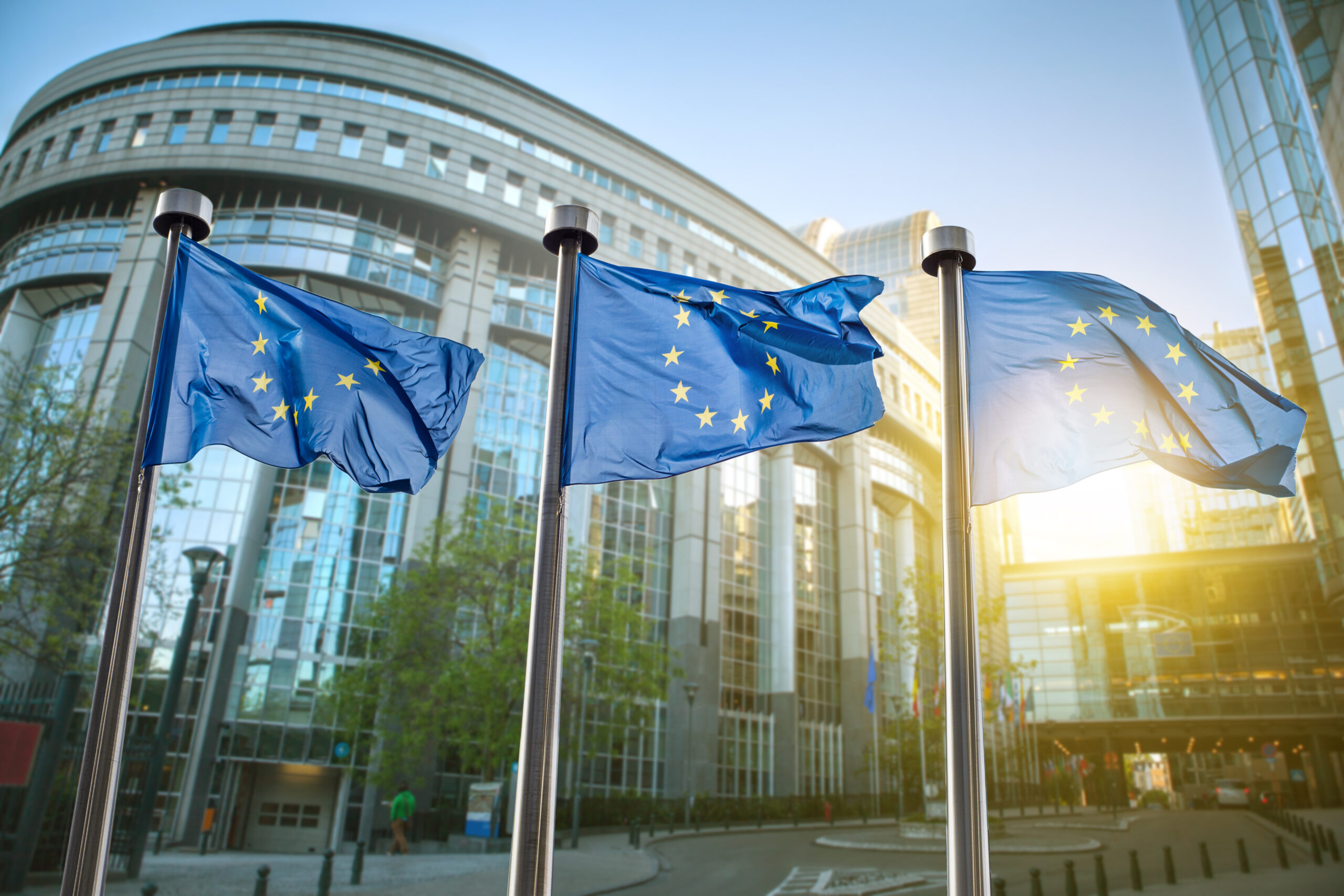Key Insights:
- EU watchdog concerns over crypto trade concentration, with Binance dominating half the market, pose systemic risks.
- ESMA analysis shows that 10 exchanges control 90% of trades, raising efficiency benefits but also failure risks in the crypto ecosystem.
- Despite high Bitcoin values, crypto’s global market share is small, with regulatory challenges and no stable relationship with gold.
The European Union’s securities watchdog voiced concerns on Wednesday regarding the heavy concentration of crypto trading within a few exchanges, particularly highlighting Binance’s dominance with about half of the market share.
This situation poses potential risks to the sector in case of a failure or malfunction. As the EU pioneers in implementing a thorough regulatory framework for crypto assets trading, the European Securities and Markets Authority (ESMA) emphasizes the importance of oversight. This highlights the dominance of a select group of exchanges in processing the vast majority of trades.
Deep Dive into Trading Dynamics
The ESMA’s detailed analysis revealed a stark concentration in the crypto trading landscape, with ten exchanges handling approximately 90% of all trades. Binance, the largest among these, processes about half of the market’s trading volume. Such concentration may offer efficiency benefits due to economies of scale.
However, it also raises red flags about the potential implications of a significant exchange’s failure on the broader crypto ecosystem. As a result, ESMA’s concerns are magnified by the increased market concentration over time, emphasizing Binance’s growing dominance in trading volume.
“While this might be advantageous from an efficiency standpoint due to economies of scale, it raises considerable concerns regarding the implications of a failure or malfunction at a major asset or exchange for the wider crypto ecosystem,” ESMA said.
The regulatory body also pointed out the minor role played by the euro in crypto trading, indicating the market’s global reach beyond European boundaries. Despite the all-time high of Bitcoin at $73,803.25 in March and a total cryptocurrency value of $2.7 trillion, these figures still represent only a fraction of the global financial system’s worth.
Moreover, ESMA highlighted the challenges in identifying the origin of order flow and the geographic location of crypto exchanges, with a significant portion of trading volume executed on platforms without an EU license, often housed in tax havens.
Regulatory Responses and Market Insights
Binance responded to the ESMA’s concerns by emphasizing its focus on the crypto industry’s sustainable growth and continuing investments in compliance processes to adapt to regulatory changes. This reflects a broader industry trend toward embracing regulatory frameworks to ensure market stability and consumer protection.
ESMA’s analysis further debunked the notion of cryptocurrencies as safe havens during market turmoil, noting a correlation with equities. It also pointed out a lack of stable relationships with traditional safe assets like gold. This observation contradicts some market participants’ views, highlighting the crypto market’s volatility and its interconnectedness with broader financial markets.
“Contrary to the frequent claim that crypto assets could represent a safe haven in times of wider market stress, we find a certain co-movement with equities and no stable relationship with gold,” ESMA declared.
Consequently, the watchdog plans to engage with the public and industry stakeholders in a webinar scheduled for April 25 to discuss these findings in detail. This event aims to foster a deeper understanding of the market dynamics and regulatory challenges facing the crypto sector as it continues to evolve.
As the MiCA regulation takes effect, its impact on the EU’s crypto asset market and the global regulatory landscape will be closely monitored. With a comprehensive approach centered on investor protection, the EU sets a new benchmark in crypto asset regulation. The effects on market structures and transaction volumes will unfold over time, promising significant advancements towards a more secure, transparent, and stable crypto asset market.
